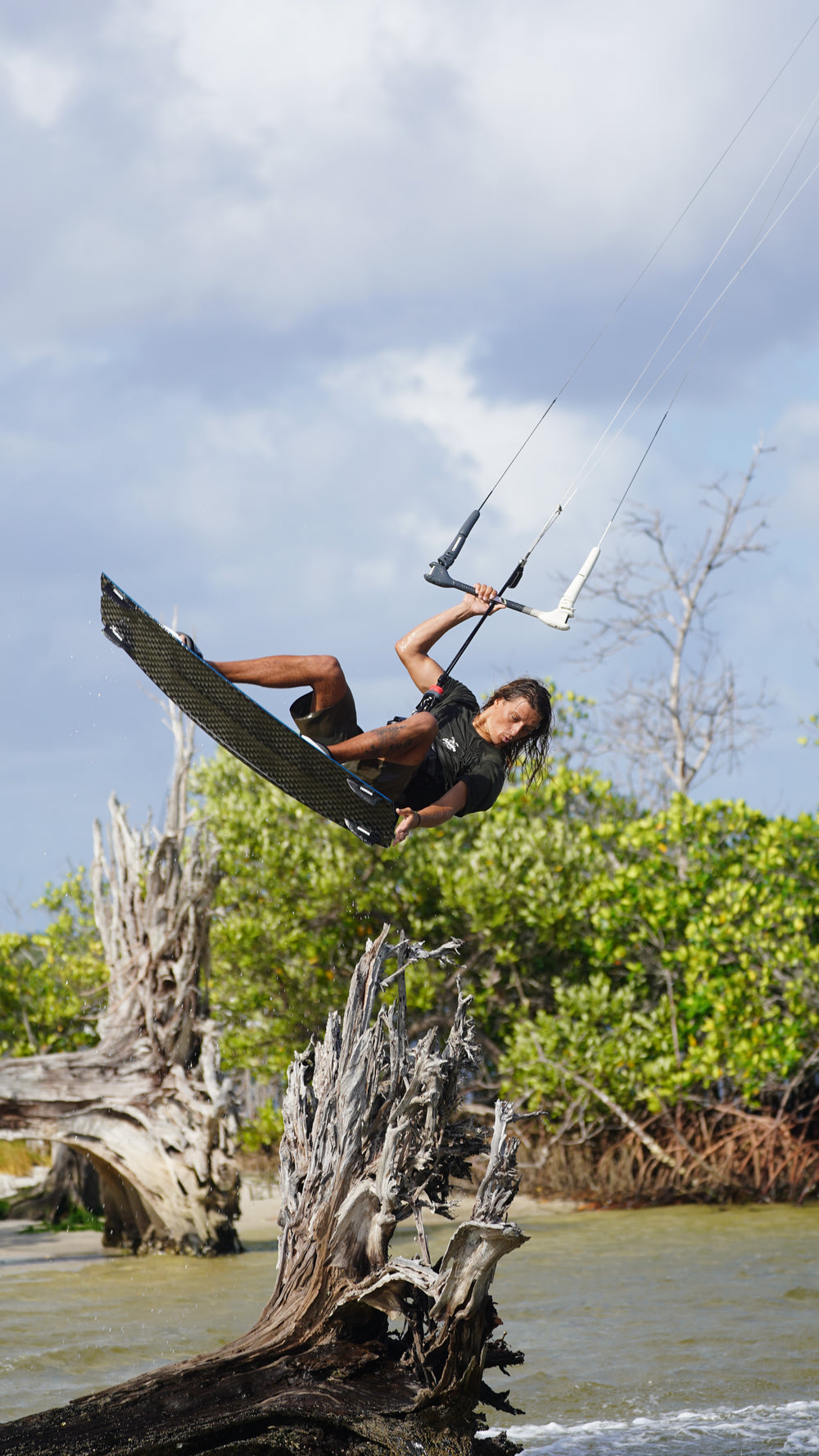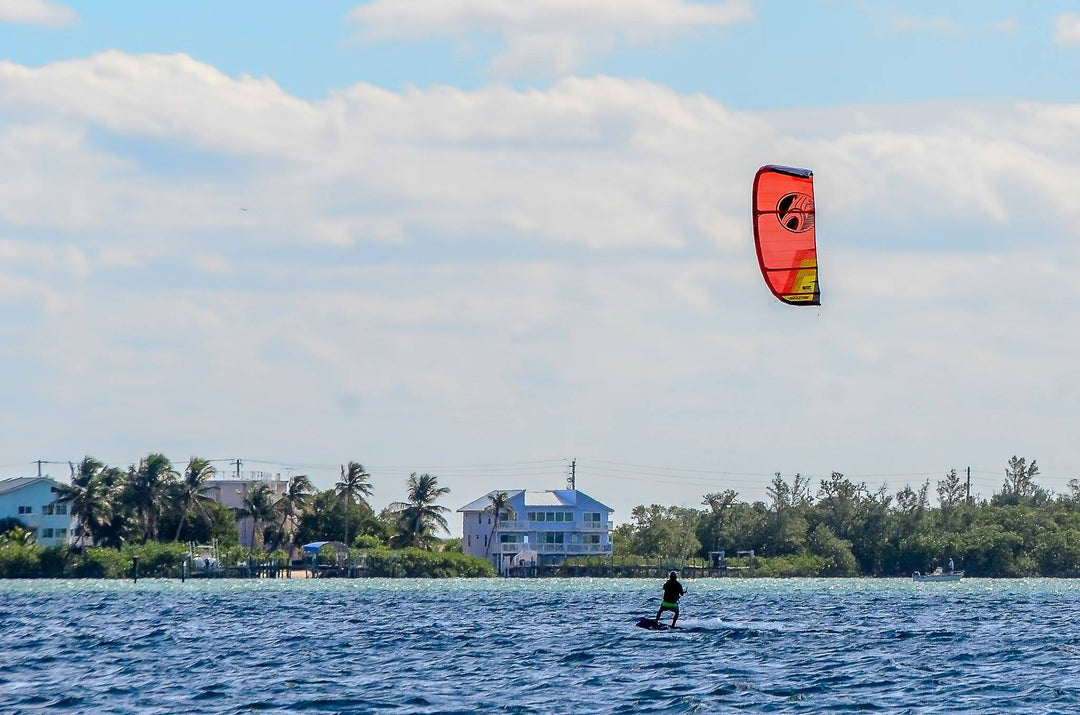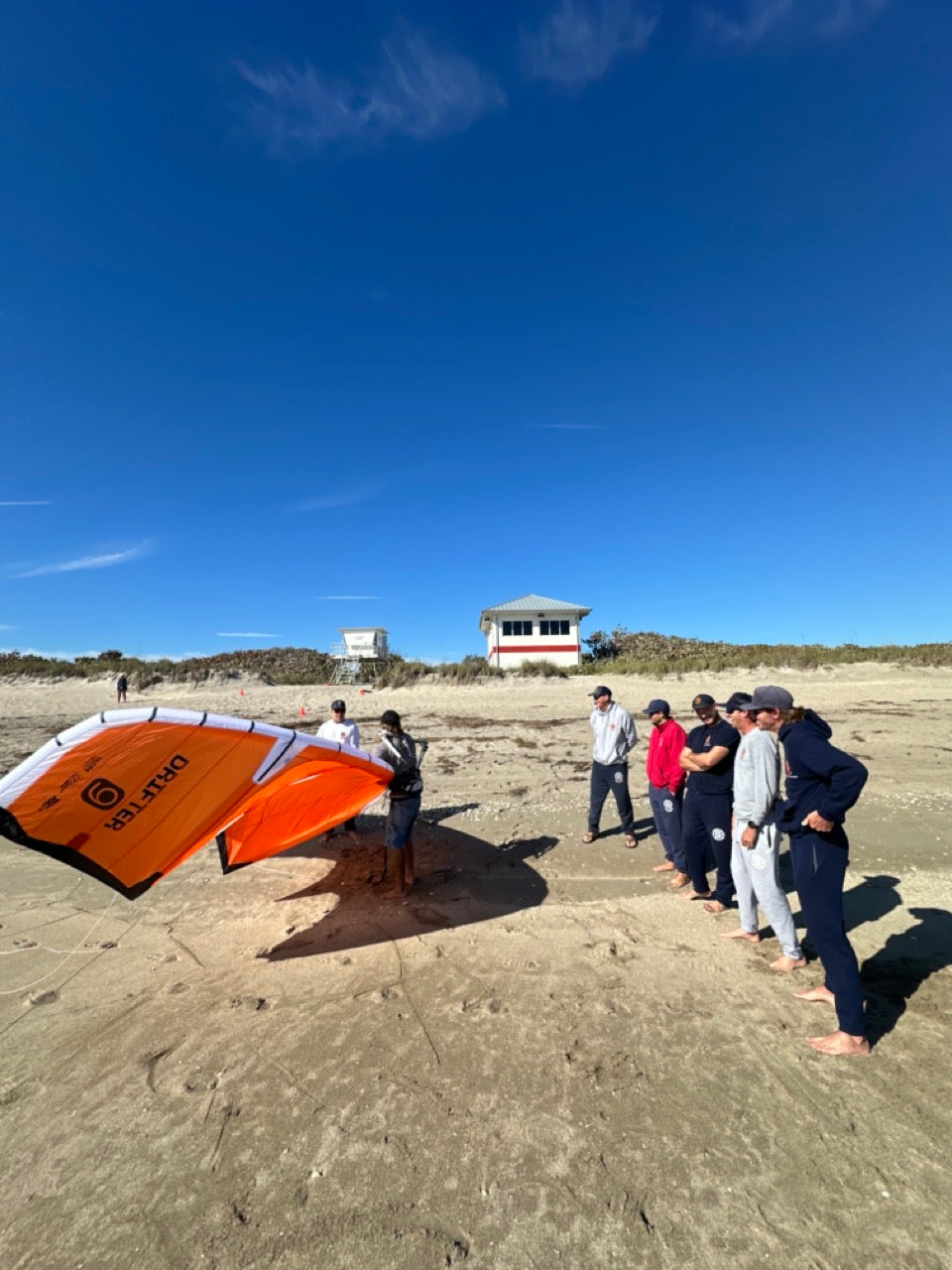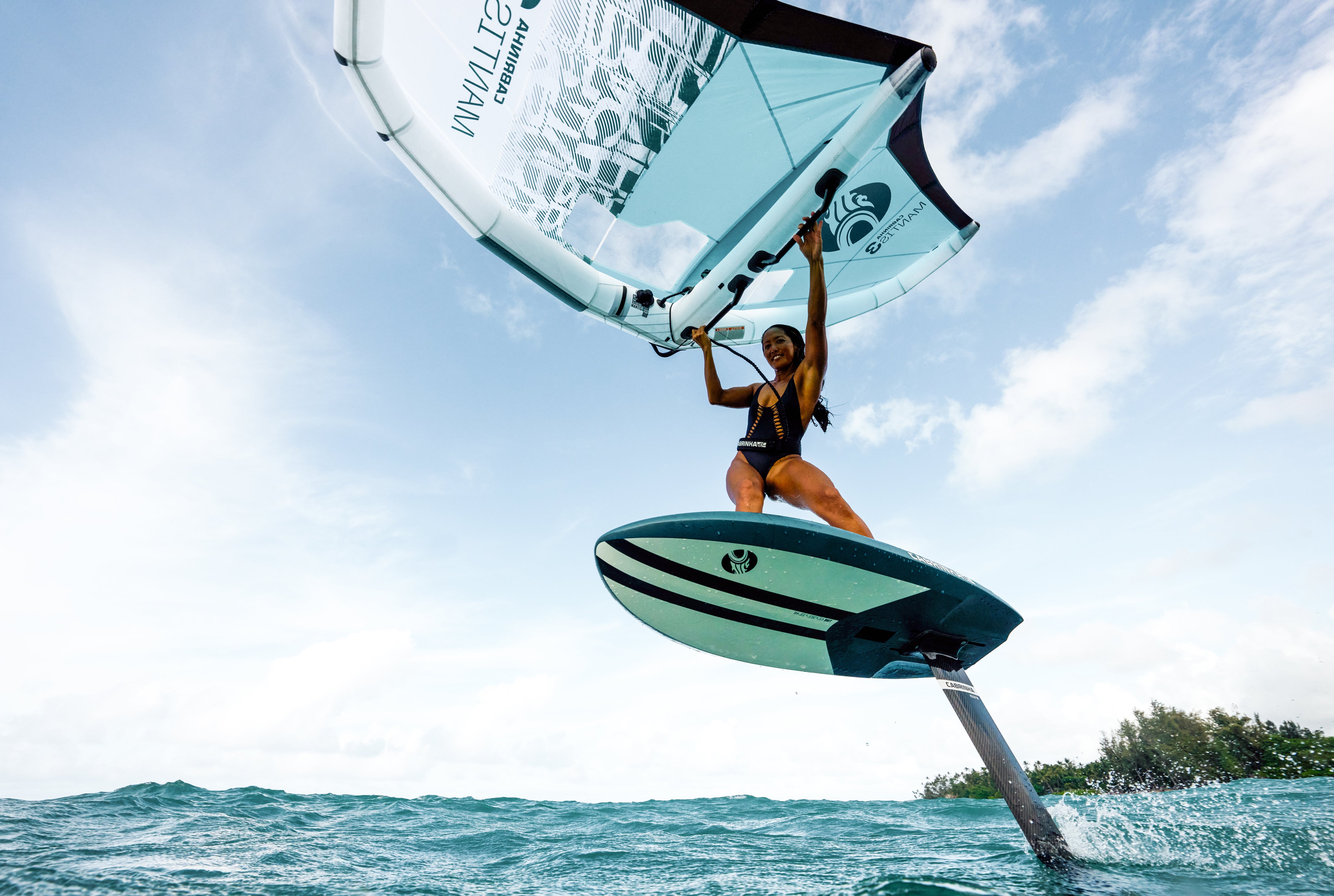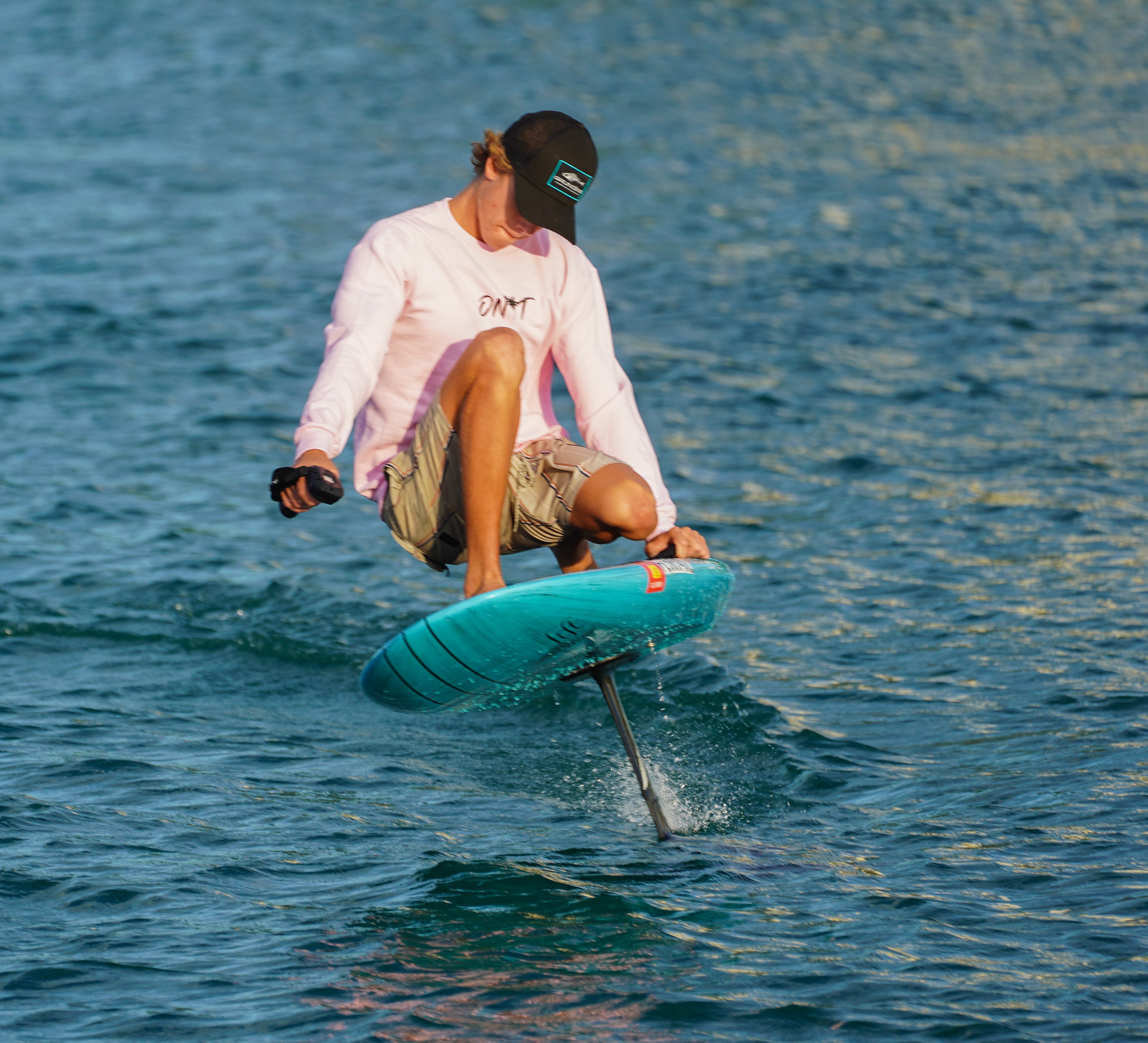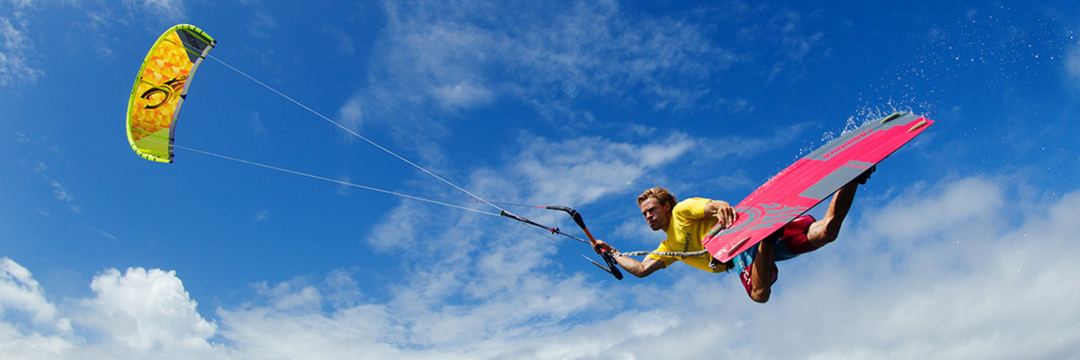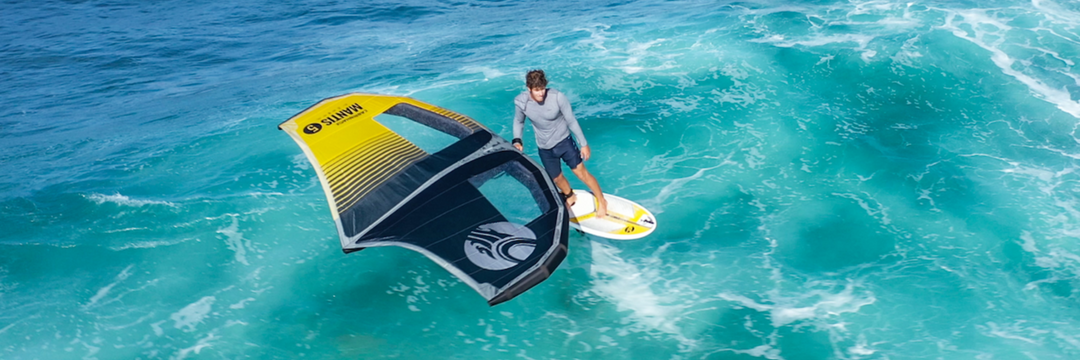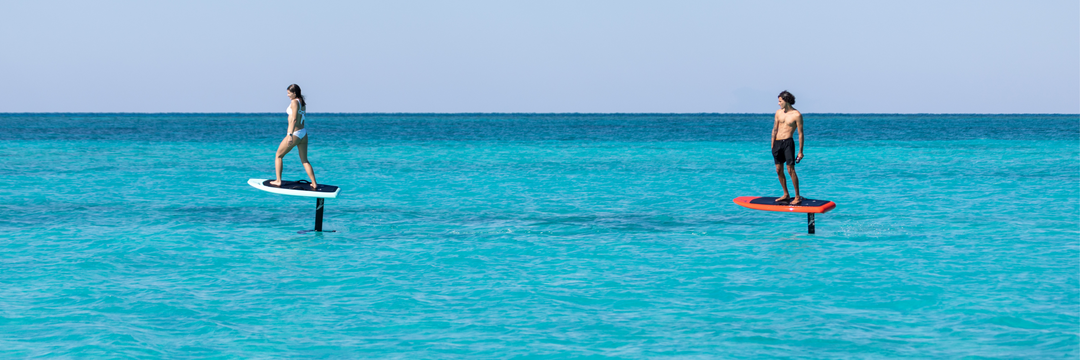Picking the Right Size Kiteboard
Every kiteboarder knows that while the kite captures the wind, the board determines the ride. A key factor influencing this ride? The size of your board. From stability and speed to maneuverability and tricks, the size of your kiteboard plays a pivotal role in defining your kiteboarding experience.
- Heavier riders generally require larger boards to generate sufficient lift and planning.
- Lighter riders can opt for smaller boards for better maneuverability.
Water Conditions
- Choppy Water: A slightly larger board can help in achieving a smoother ride in choppy conditions.
- Flat Water: Smaller boards are often more fun and agile on flat water.
Wind Conditions
- Light Wind: Larger boards can make it easier to kite in light wind conditions due to the increased surface area.
- Strong Wind: Smaller boards give better control and can reduce the risk of being overpowered.
Perfect for tight turns, tricks, and overall agility on the water.
Better for Tricks and Jumps
A smaller board is generally lighter and easier to pop off the water, making tricks and jumps more accessible.
Easier to Transport
Their compact size makes them more travel-friendly, whether it's a local trip or an international kiteboarding adventure.
Especially for beginners, a larger board offers more stability, making it easier to learn and gain confidence.
Easier Upwind Riding
The added surface area can make cutting upwind a breeze, even in challenging conditions.
More Surface Area
This can translate to smoother rides in choppy waters and better performance in lighter winds.
Conclusion
Choosing the right board size is not about what's trending or what your friends are riding. It's a deeply personal choice, influenced by your body, your skills, and your preferences. If possible, testing different board sizes or consulting with more experienced riders or instructors can help in making an informed decision. Remember, the right board will feel like an extension of yourself on the water, making every session memorable!
Factors Influencing Board Size
Rider Weight- Heavier riders generally require larger boards to generate sufficient lift and planning.
- Lighter riders can opt for smaller boards for better maneuverability.
Water Conditions
- Choppy Water: A slightly larger board can help in achieving a smoother ride in choppy conditions.
- Flat Water: Smaller boards are often more fun and agile on flat water.
Wind Conditions
- Light Wind: Larger boards can make it easier to kite in light wind conditions due to the increased surface area.
- Strong Wind: Smaller boards give better control and can reduce the risk of being overpowered.
Advantages of Smaller Boards
More ManeuverabilityPerfect for tight turns, tricks, and overall agility on the water.
Better for Tricks and Jumps
A smaller board is generally lighter and easier to pop off the water, making tricks and jumps more accessible.
Easier to Transport
Their compact size makes them more travel-friendly, whether it's a local trip or an international kiteboarding adventure.
Advantages of Larger Boards
Better StabilityEspecially for beginners, a larger board offers more stability, making it easier to learn and gain confidence.
Easier Upwind Riding
The added surface area can make cutting upwind a breeze, even in challenging conditions.
More Surface Area
This can translate to smoother rides in choppy waters and better performance in lighter winds.
Conclusion
Choosing the right board size is not about what's trending or what your friends are riding. It's a deeply personal choice, influenced by your body, your skills, and your preferences. If possible, testing different board sizes or consulting with more experienced riders or instructors can help in making an informed decision. Remember, the right board will feel like an extension of yourself on the water, making every session memorable!


